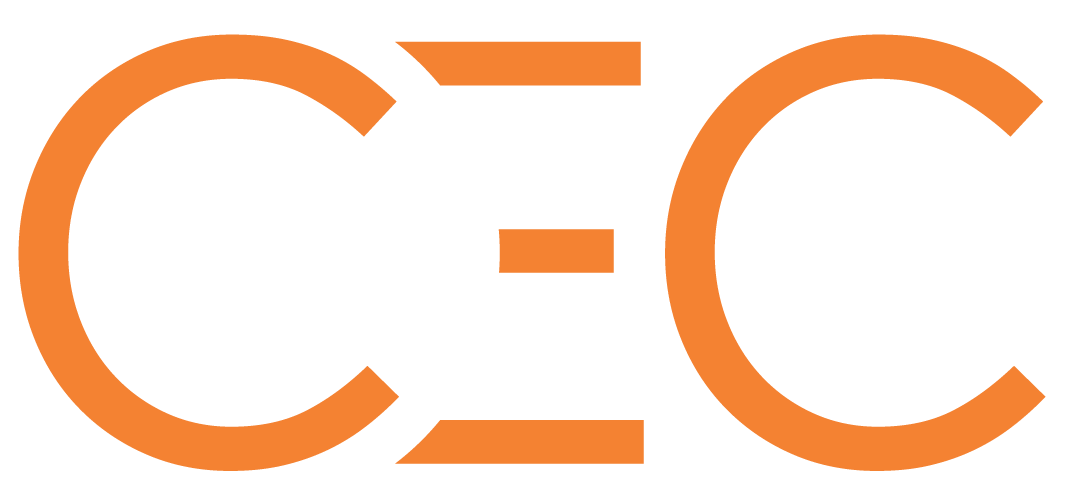Technology is evolving at a pace few could have imagined — reshaping how we make decisions, collaborate, and work every day.
AI, automation, and real-time analytics are now woven into business operations, demanding not just technical knowledge but confident, adaptable human capability. Yet, while technology has transformed how we work, the way we learn hasn’t kept up.
Traditional training — slides, webinars, manuals — can’t replicate the speed, complexity, and pressure of modern decision-making. In a world defined by constant change, confidence doesn’t come from reading or listening; it comes from doing.
That’s where simulation changes everything.
Why Traditional Learning Falls Short
Despite the rapid rise of intelligent tools, much of professional learning still relies on static, one-way formats that struggle to keep pace.
- Work has evolved, but training hasn’t. Today’s environment demands agility and realism — learning that mirrors the pace and complexity of modern business.
- Theory doesn’t build instinct. Understanding technology conceptually is no longer enough; teams must be able to apply insights in real time.
- Confidence comes from experience. People learn best when they can experiment, make mistakes, and see the outcomes safely — not in theory, but in practice.
To truly empower people to work with AI and emerging technologies, learning needs to be immersive, responsive, and hands-on.
The Power of Simulation: Turning Learning into Experience
Simulation transforms learning from passive observation into active participation.
By placing people in realistic, scenario-based environments, it bridges the gap between knowledge and execution. Participants don’t just learn what to do — they experience the impact of their choices, seeing outcomes unfold in real time.
This immersive approach encourages critical thinking, collaboration, and situational awareness. Teams learn how to adapt quickly, test strategies, and make confident decisions under pressure — all within a safe, guided environment.
It’s learning that sticks.
Simulation helps shift development from “knowledge transfer” to capability building, driving long-term performance and alignment across teams.
Simulation in the Age of AI: Why It Matters Now
As AI becomes an everyday tool — from copilots to predictive analytics — the challenge is no longer just understanding how AI works, but how to work with it.
Simulation offers a practical way to do exactly that. It gives people the freedom to explore AI tools, test automated recommendations, and see how decisions play out in context.
This kind of learning builds trust in technology through experience, helping people understand not just what AI can do, but how it fits into real workflows and decision-making.
In short: simulation transforms AI from a concept into a capability.
Why It’s Not Just Training — It’s Strategy Enablement
Simulation goes beyond upskilling individuals. It’s also a strategic tool that helps organisations prepare for change, identify gaps, and align teams.
It can:
- Expose weaknesses in processes and communication before they become real issues.
- Build alignment around goals and strategies across departments.
- Drive engagement by connecting learning to real business outcomes.
Used this way, simulation becomes more than a training tool — it’s a change enabler. It helps leaders gain buy-in, improve collaboration, and accelerate transformation in a way that feels natural and energising.
The Future of Learning: Active, Adaptive, and Applied
AI and digital innovation are redefining what it means to be skilled. The ability to adapt, experiment, and make informed decisions is now the most valuable capability an organisation can cultivate.
Simulation bridges the gap between learning and doing — turning abstract knowledge into applied understanding. It builds the muscle memory teams need to perform confidently in fast-changing environments.
In a business landscape where uncertainty is the norm, learning through doing isn’t just effective — it’s essential.
At CEC Marketing, we help forward-thinking organisations bring simulation and experiential learning into their enablement, sales, and leadership programs.
